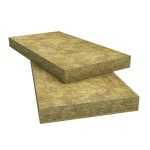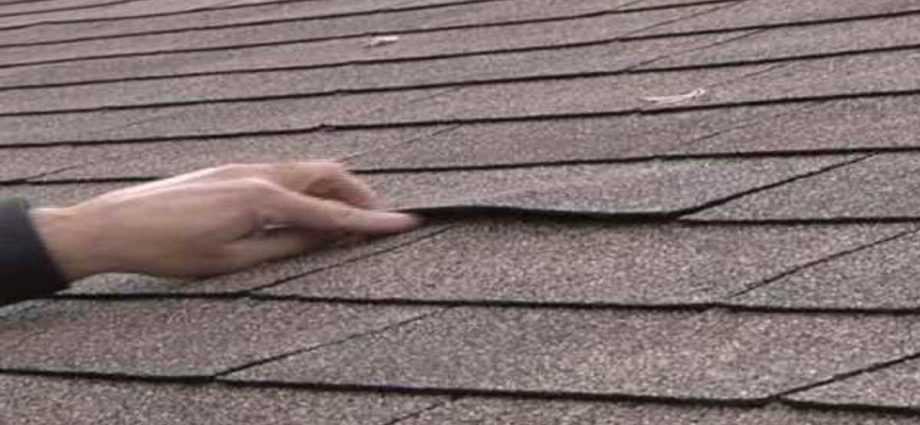Glass fibers, filler asphalt, and granules make up the three layers of shingles. In asphalt shingles, granules contribute to color and energy-efficient, reflective properties, for example. Greensboro Roof Advisors, a leading roofing company in the area, examines this vital component to determine if loose granules are a cause for concern.
Shingles Granules are an essential part of the roof. These granules not only look good, but they also protect your shingles against UV radiation. However, before you start calling local roofing companies for help, you should narrow down the possible causes of the granule loss. This can be caused by roof granules falling off, hail damage, an old roofing system that is losing granules steadily, or roofing installation defects by the roofers.
Causes of Granules loss
It’s perfectly normal for your roof to lose some of its granular textures as it shingles ages. Granule loss is most caused by aging, but several other factors can cause this protective coating to be lost prematurely. Heavy rain, hail, and strong winds can also cause your granules to fall out. In the aftermath of a storm, your gutters and yard may be covered with more shingle granules.
Here are some causes of Granules losses
Your shingle might be defective
This is not a regular experience, but it does happen. Blistering is the most common symptom of a shingle defect. There are pockets of moisture in the asphalt layer, and as the moisture expands and contracts, it forms blisters.
Inconsistent Cleaning-Off Patterns
Some shingles may wash away more than others if the materials that make up the shingles aren’t uniformly distributed. The result is “bald spots” on the shingles. These blemishes can worsen over time, causing leaks or worse. A roofing company in Winston Salem can help by performing a professional inspection when it comes to this. Before these bald spots become a bigger problem, a professional can identify them and remedy them.
Foot Traffic
While you or a contractor may need to walk or climb on your roof from time to time, such as cleaning gutters that are hard to reach, it is vital to keep your asphalt shingle roof as free of traffic as possible. Watch for signs of granule loss when you or your contractor are on the roof. A small amount of shingles with granule loss should be fixed rather than allowing the loss to cause more extensive damage.
Your Roof Seems Old
With age and vulnerability to the components, your roof will begin to naturally lose its granules. When the granules are released from their bonds, the bond slowly degrades. If your roof is older than ten years, you may need to have it repaired or replaced altogether.
Hail Harm to Roofs
Intense storms, such as hailstorms, can cause your asphalt roof to lose its granules. Roofing systems are particularly vulnerable to hail damage due to the possibility of resulting pitting. Your roof’s remaining lifespan may be reduced by hail damage, depending on the severity of the storm’s damages.
If you’ve recently experienced a severe hailstorm, be sure to contact a roofing and home improvement expert to evaluate the condition and hardness of damage to your roof in case repairs are required due to potentially dangerous issues with your granular shingle set.
In addition, a gutter that isn’t working correctly can cause damage to your home due to granule loss.
Also Read: Looking For Spring Roof Maintenance? These Tips Will Make It Easier for You!
Improper Shingle Installation
Installing granules incorrectly is the leading cause of premature granule loss. Another is the laddering or stair-step method, in which the shingles are not laid side-by-side. But instead from the eaves to the ridges, without moving beyond reach from left to right. This work is sloppy, resulting in significant granule loss because of cutting corners.
Power Washing
However, granule-coated shingles should never be power washed, even if the roof needs to be cleaned due to algae. As a result of the water’s force, granules will be loosened and dislodged, then washed out of the way. And if your roof is so black that it needs power washing, you may already have granule loss damage that needs to be addressed, rather than just washing away the evidence of the blackness.
Wear and Tear Over Time
Granule loss may increase as the shingles are subjected to more damage from the elements. After a while, the sun, wind, and rain will deteriorate even the most durable roofing shingles. Over time, even if there were no excess particles, they will wear off.
When a roofing expert inspects your roof, they can determine whether the deterioration is expected based on the roof’s age or if it’s more severe than average. There is the possibility that the rapid granule loss is due to extreme weather conditions, such as tropical storms and hurricanes. Faulty shingles could also be to blame for the problem.
The Gutters’ debris
As with all roofing maintenance, keeping gutters clean is essential, particularly concerning asphalt shingle roofs. Granules can be sanded off a roof by debris that washes up from the gutters and washes them into the gutter.
There are other causes as well
Temperature and humidity fluctuations can cause loosening of your asphalt shingles’ granules, which can lead to them falling off over time. You should also be aware that a hailstorm can dent or remove granules from your roof’s shingles. To prevent structural damage, have your roof inspected by a professional roofer for your residential roofing system.
Shingle Granule Loss: How Can you Tell?
Homeowners can be informed about granular loss without climbing on top of their roof. Simply walk the perimeter of your home and look at the area around your downspouts to identify granule loss. It’s not uncommon for granules to become loose and run through your gutter system with the water, eventually ending up in heaps on the ground. A simple glance at your roof may reveal granular loss. Call a roofer for an inspection. If you notice spots that appear bare or discoloured. In this blog you can get the all information regarding how shingle granules loss, what are the causes and precautions.
Preventing Granule Loss
- All tree limbs and other landscaping should have a clearance of at least 5 feet.
- To check for signs of heavy granule loss, call a qualified and reputable roofing company immediately.
- Whenever you see debris on your roof, remove it as soon as possible.




















